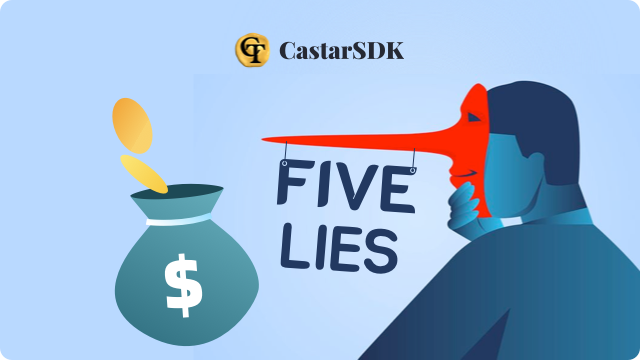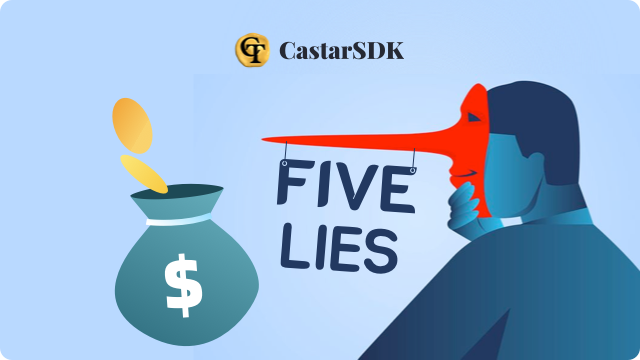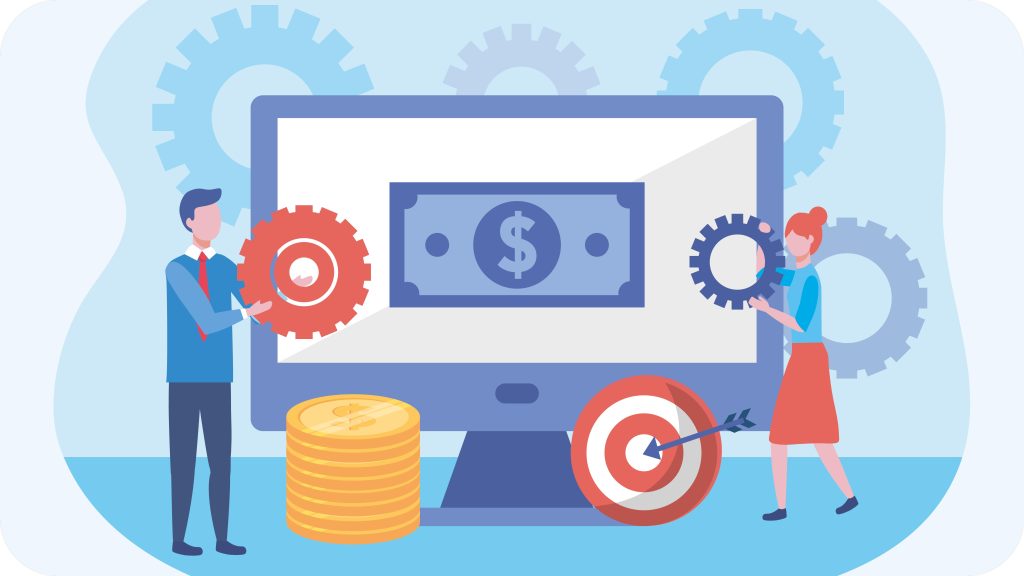
In the field of mobile development, how to make money is a perennial topic. In online forums or exchanges with peers, we constantly hear various “words of experience”, but in fact, many seemingly useful suggestions will only be found to be unreasonable after practice.
Today, we will dismantle the five most common “lies” in the field of app monetization to see if you have been deceived?

Myth #1: Ads Are the Easiest Way to Make Money
Advertisements are one of the most mainstream monetization solutions in the traditional monetization model. Many people think that advertising is easy to access and is the easiest way to make money. But only those who have really done it know that advertising monetization is far from as simple as imagined.
Advertisements are actually a monetization method that consumes users’ patience. Users are often more sensitive than you think, and too many ads will only cause retention rates to drop. Interstitial ads interrupt the user experience and easily lead to user loss. Incentive videos require carefully designed trigger points, but their conversion rates are not as good as other advertising models.
More importantly, if most of your users come from markets with low eCPM, then even if you have tens of thousands of daily active users, your advertising revenue may be a drop in the bucket.
Realistic suggestions:
Passive profit is a more friendly way. For example, technologies like CastarSDK provide monetization solutions that do not require displaying ads and automatically run in the background, generating stable revenue without user awareness.
Myth #2: Subscriptions Are the Mark of a Premium Product
Many developers regard the subscription model as a sign of product upgrade and believe that it can bring a substantial increase in app revenue. But the reality is cruel. Many users have no habit of spending money on apps. There are many free alternatives on the market, and the conversion rate of paid apps is usually very low. Subscription is indeed suitable for some products, but not for all products.
Realistic suggestions:
If your app provides high-value content services, you can choose the subscription model; if your app is a tool, light entertainment, or practical app, it is more realistic to consider non-paid, low-interference monetization methods.
Myth #3: More Users Equal More Income
This is the most misleading logic.Many developers focus on user growth, trying every means to increase the number of users and the number of installed devices, but they ignore a key point: monetization efficiency and user quality are far more important than user scale. If your users mainly come from markets with extremely low eCPMs, or if user activity is generally low, then even if you have millions of users, you may only earn a few hundred dollars a month. User quality and efficient monetization solutions are the key points.
Realistic advice:
Choosing a good monetization strategy is more important than the number of users. From the beginning, choose the most suitable monetization plan for the development of the app, and increase marketing efforts in high-value regions. Even if the number of users is small, it can bring good returns.
Myth #4: Non-Mainstream Markets Have No Monetization Value
Southeast Asia, Latin America, Africa and other regions are often labeled as “low-value markets”, but the reality is far more complicated than you think. These regions have a large user base and a fast growth rate, and are the contributors to most of the app installations. At the same time, the market competition is not as fierce as other regions, and the cost of acquiring customers is low. The reason why they are called low-value regions is that they have low eCPM and low payment conversion rates, which are not suitable for advertising monetization and paid subscription in-app purchase solutions. As long as a more suitable monetization solution is selected, the revenue can be greatly improved.
Realistic suggestions:
This type of market is more suitable for monetization methods that do not require payment or ad clicks, such as sharing idle public network resources, so that even if the eCPM is low, it can still generate revenue based on the number of users. For example, CastarSDK’s passive profit method does not rely on user clicks and does not disturb the user experience. As long as the user stays online, it can bring stable income to developers.
Myth #5: Good Products Automatically Bring in More Income
This is an overly idealistic notion that leads developers to treat monetization as something to worry about later.
In fact, good products are of course important, but the market never waits for anyone. Products and monetization should be designed simultaneously. A good product without monetization awareness is just a “good story that is consuming resources.” When the product is done and users are used to it, you start to choose a monetization method. Whether it is advertising interference or payment requirements, it will only cause a lot of user loss.
Realistic suggestions:
Monetization should be considered from the beginning. Starting from the function design, the value of user needs and potential profit points should be considered. Otherwise, when the user base has begun to take shape, it will be difficult to realize monetization. At this time, changing the structure of the application will easily cause user loss.

Final Thoughts
If you have been delayed by these “lies” about monetization, you might as well start to truly understand app monetization today. In the mobile app industry, making money is not difficult, but it is difficult to find a balance between experience and income.
You can try a passive profit solution like CastarSDK, which has no ads, no pop-ups, and runs silently throughout the process. Even users with low activity and non-mainstream markets can continue to generate income for you.
Don’t be misled by these “lies” anymore, and start to truly establish a long-term and stable income system for your app.
